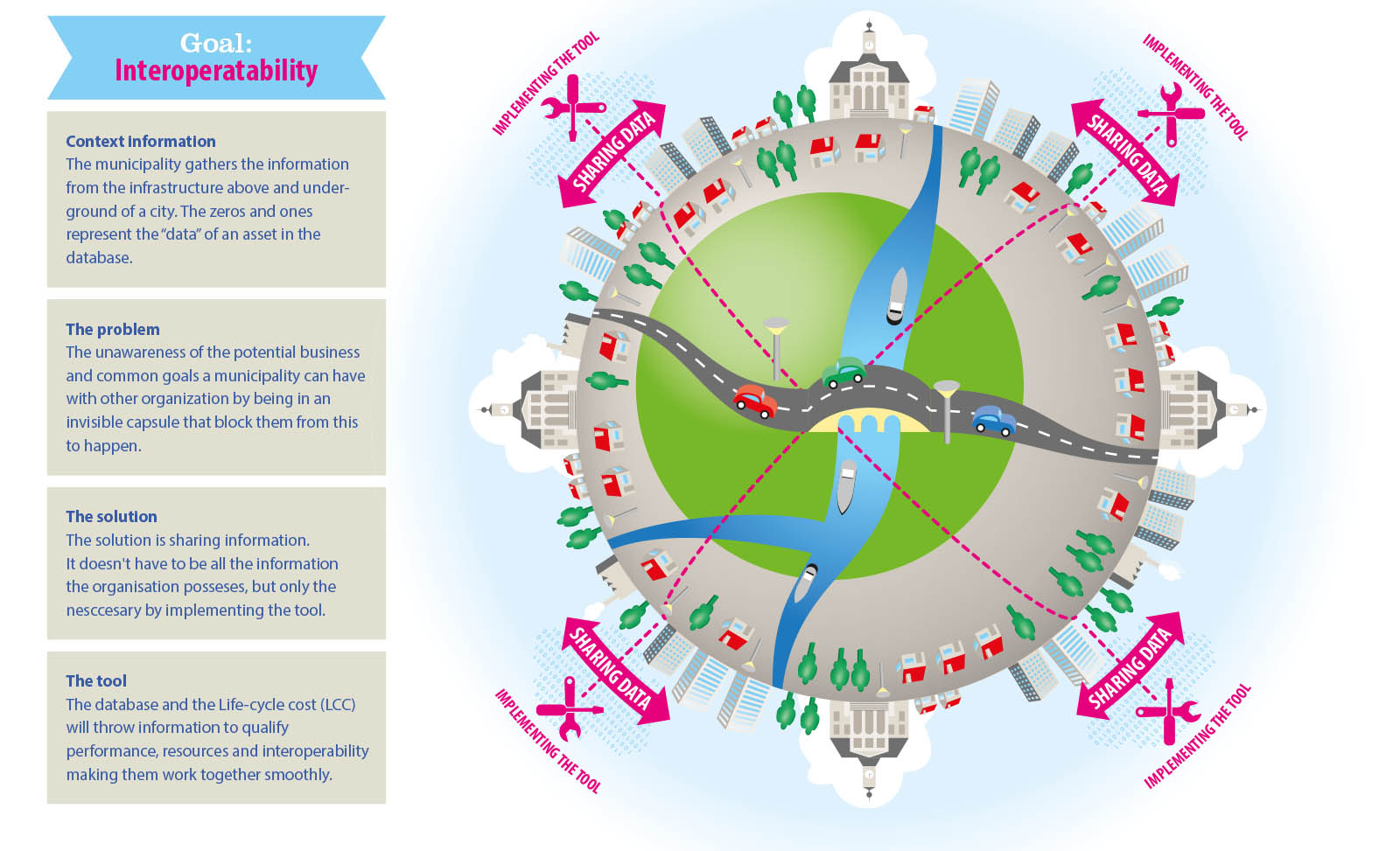Downloads
DOI:
https://doi.org/10.7480/spool.2015.1.943Abstract
The need for innovative and cost effective approaches for infrastructure maintenance has never been more crucial. In fact, this has been a popular topic in technical reports like the McGraw Hill Construction, the Dutch Cobouw construction magazine and the new multidisciplinary journal “Infrastructure Asset Management” by the Institution of Civil Engineers. The financial status of Industrial Parks (IP) and Business Parks (BP) in the Netherlands, as well as in the rest of the world, has been greatly influenced by the 2007-2008 financial crisis. As a consequence, several IPs and BPs have suffered from infrastructural deterioration that needs to be revitalized.
Therefore, one of the priorities facing municipalities nowadays is stimulating companies to invest and redefine such areas with the goal of improving its economic output and optimize the expenditure on its maintenance costs. The different stakeholders involved in the life-cycle management of these parks make strategic decisions based on data that has been gathered over time by its users, either private or public. However, gathering data is becoming more and more complex with time. Infrastructures in these parks are increasingly demanding custom supply of services by the private industry to cope with their technical operations.
As a consequence, the level of detail of the assets information is very high. Hence, the digital collaboration and interoperability has become almost mandatory for enabling proper management in construction areas. Interoperability can be described as the ability of making systems and organization work together.
How to Cite
Published
License
Copyright (c) 2020 SPOOL

This work is licensed under a Creative Commons Attribution 4.0 International License.




